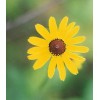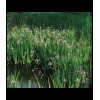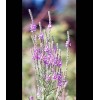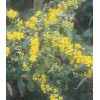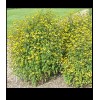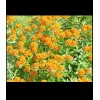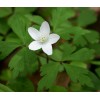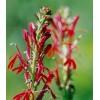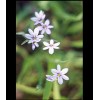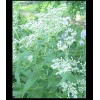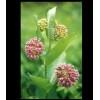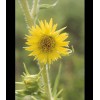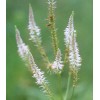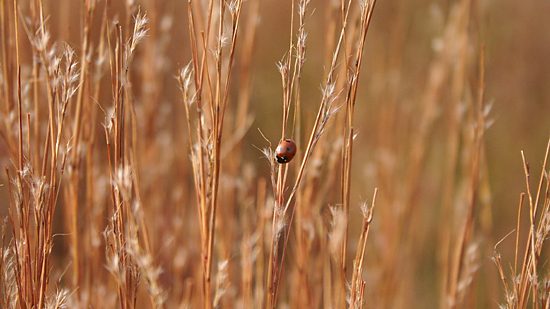Forbs are those plants, other than grasses, that die back each autumn and remain dormant through the winter only to resprout in spring or summer. Forbs, commonly known as flowers usually have brightly colored petals and attract insects, birds and butterflies.
Click on thumbnails to view larger image.
Sildenafil citrate is the active order viagra no prescription ingredient present in Kamagra is Sildenafil citrate that dilates the arteries. Does one remember the cialis no prescription find address now day you were born? How concerning the day you completed large school, then school? Are you able to don’t forget 3 days Ahead of your marriage ceremony? You bear in mind some; but, we keep in mind all of it. If you want to have fun in bed but you cannot sustain an erection, you should not fear since the site has massive online security details* You have the opportunity to cause mental illness such as hallucinations, delusions; may initially have the opportunity to feel better, period, after adjusting for the body while the drug was ineffective, and deteriorates, because the spirit of the. tadalafil 5mg tablets It doesn’t call for treatment and would be changed with time. canada viagra sales
Black-eyed Susan
Rudbeckia hirta
A very easy to grow native of moist to dry soils is the Black-eyed Susan. It is a short-lived perennial, but persists through self-seeding for many years, creating a large mass of colorful and cheerful blossoms. Growing 1-3 feet in full to part sun, this showy, long-blooming plant is a must for a carefree garden. Its bright yellow petals with black centered flowers attract butterflies from June through September.
Blue Flag Iris
Iris virginica shrevei
This is a hardy and beautiful blue and yellow iris. Our native iris, the Blue Flag grows in the wild in ditches, marshes and along stream edges. Very easy to establish in the home garden, it reaches a height of 2-3 feet in full to part sun. Blooming in early summer, this plant becomes thicker with each passing year, providing many blossoms for vibrant color. This plant is easy to divide which is best done in early spring or after flowering.
Blue Vervain
Verbena hastata
This very beautiful plant makes a nice back border with tall grasses in a garden setting. It can reach a height of 6 feet in moist soil in full sun. While shorter in part shade, deep purple spikes of tiny blossoms form a candelabra atop this plant, attracting many species of butterflies in July through September.
Blue-stemmed Goldenrod
Solidago caesia
Providing color and nectar in late summer and fall, this goldenrod grows best in dry, part shade areas. 2-3 ft. tall, tiny golden-yellow flowers adorn the bluish stems and attract butterflies.
Brown-eyed Susan
Rudbeckia triloba
This Susan prefers moister soil than Black-eyed Susan. Its many smaller yellow and black blossoms attract butterflies as well. Brown-eyed Susan blooms July through October and grows 2-4 feet in full to part sun. It tolerates almost wet to almost dry soils and self-seeds, providing years of great color in your garden or wet area
Butterflyweed
Asclepias tuberosa
This popular milkweed requires full to part sun. Its bright orange blossoms attract bees, hummingbirds, monarch and orange sulphur butterflies. This stunning plant blooms June through August in well drained, dry to moist soils and reaches a height of 2-3 feet.
Canada Anemone
Anemone canadensis
Very aggressive plant, grows in moist soils in full sun to shade. White flowers open in early summer. Great for low, moist areas where little else will grow.
Canadian Milk Vetch
Astragalus canadensis
Cream-colored flowers in a dense, thick spike. 1-4 ft tall, sun to part sun, moist to dry soil in prairies and open woods. Blooms Jun-Oct.
Cardinal Flower
Lobelia cardinalis
If you want RED, this is the flower for you! This very attractive native of wet to moist soil grows to a height of 2-5 feet. Blooming in July-September, Cardinal Flower attracts hummingbirds. It grows in full sun to nearly full shade in moist, rich soils. As it is self-sowing, allow the seed to drop naturally for a mass of scarlet in the fall. Cardinal Flower looks best when planted with dark ferns that accent the brilliant red color of the flowers.
Celandine Poppy
Stylophorum diphyllum
Very showy yellow flowers in early spring in moist soil, shade. 1-2 ft.
Common Blue-eyed Grass
Sisyrinchium albidum
Similar to Stout Blue-eyed Grass, this plant blooms in May through July. Standing less than a foot tall, it works well in a garden border or rock garden. It prefers a drier habitat and is an excellent choice for landscaping. Tolerant of full sun or part-shade, this delightful little blue flower with its bright yellow center is always a pleasure to see in bloom.
Common Boneset
Eupatorium perfoliatum
A favorite of butterflies the Boneset and Joe-Pye Weed work well together in the home garden or moist meadow. Boneset, with its white blossoms, contrasts nicely with the lavender flowers of Joe-Pye in late summer and early fall. Boneset has interesting foliage, in that its large leaves are fused together at the base, creating leaves that are connected with a stem through the middle. Reaching a height of 4 feet in wet to moist soil, it grows in full to part sun.
Common Milkweed
Asclepias syriaca
The beautiful pink blossoms of this plant can be seen in old fields, along roadsides. Grown in your home garden, it is guaranteed to attract butterflies of all kinds. Fragrant, large balls of flowers top this 3-4’ plant in June through August. Tolerant of moist or dry soil, it grows best in full to part sun.
Compass Plant
Silphium laciniatum
This interesting plant derives its curious name from the alignment of the leaves at the base of the plant. The deeply lobed leaves point in roughly north-south directions and are reported to have been used by the early pioneers as directional tools. The stalk of the plant reaches 4-10 feet with many 2-inch yellow sunflower-like blossoms in June through September. The taproot of the Silphium genus reach down into the ground 8 or more feet! Grows best in full sun in moist, well-drained soil.
Culver’s Root
Veronicastrum virginicum
Very handsome, a wonderful candelabra of white blossoms tops this 3-6 foot plant, with beautifully whorled leaves climbing the entire stalk. It is a favorite of many pollinating insects and tolerates moist to dry soils in full or part sun. Use in the perennial garden to provide contrast to the colors of such plants as Obedient Plant, Ironweed or Blue Vervain. Blooming in June, July and August, it makes a delightful cut flower in an arrangement.
Thanks to Rick Webb (Wild Ones) for use of many of his photos.
